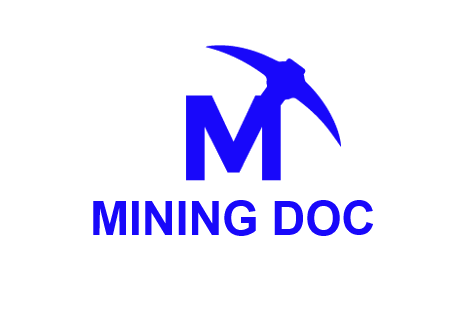Introduction
A naturally occurring resource, coal is made up of organic deposits from long-dead plants that have been buried for millions of years. One of the most prevalent forms of fossil fuels in the world is coal. A process of extracting coal that is done below ground is called underground coal mining.
A long wall of coal, usually 0.6 to 6.0 meters thick, is mined in a single slice using longwall mining, an extremely effective way of extracting coal from underground mines. The mining process is carried out in rectangular panels that can be up to 400 meters wide and 3 to 4 kilometres long, enabling the methodical extraction of substantial amounts of coal.
Historical Development
Longwall mining began in England in the late 17th century when miners would undercut coal faces and let the coal fall to be collected. Over time, this process underwent substantial change, particularly with the advent of mechanisation in the early 1900s. Conveyor systems were introduced into longwall mining during the 1940s, which increased productivity by allowing coal to be transported continuously from the mining face.
Modern Techniques and Equipment
Modern longwall mining operations make use of computer-based automation and monitoring in addition to sophisticated electrical, mechanical, and hydraulic equipment. Due to the modernisation, production rates have increased, and safety has improved as fewer workers are employed in potentially dangerous locations where methane and carbon monoxide are present.
Usually, the room and pillar method is used to develop panels, which results in the access roads and ventilation systems required for longwall operations. When the panel is prepared, the coal is sliced by a shearer machine and moved via conveyor systems.
Environmental Considerations
Significant environmental effects result from longwall mining, most notably from subsidence, which is the sinking of the earth above the mined region as a result of the removal of coal. Infrastructure as well as surface water drainage and local ecosystems may be impacted by this. Many times, steps are taken to reduce the consequences of subsidence, like modifying the width of mined blocks and controlling the overburden’s depth.
Conclusion
All things considered, longwall mining is an advanced and fruitful technique for obtaining coal that has developed from its antiquated beginnings into a contemporary, automated procedure. It is a vital technique in the coal mining business due to its productivity and efficiency, even if worker safety and environmental effects must be carefully managed.






